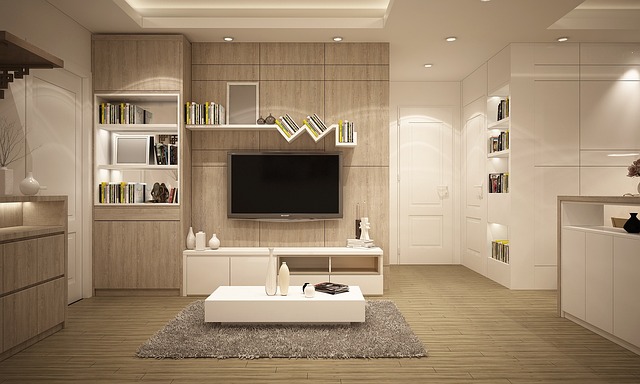Traditional Chinese houses embody superior craftsmanship and architectural elegance, characterized by intricate wood carvings, balanced layouts, and natural materials. Renowned for adaptability to diverse climates and timeless appeal, these homes are successfully preserved in historic villages like Lijiang and modern urban developments worldwide. Their cultural fusion, notable features, and harmonious design make them global architectural treasures, attracting visitors captivated by their enduring beauty and philosophical depth.
Discover the enchanting world of Traditional Chinese Houses, where superior craftsmanship meets timeless aesthetics. China boasts a rich architectural heritage, characterized by balanced designs, organic materials, and harmonious integration with nature. This article delves into the proven principles behind traditional Chinese architecture, exploring its iconic features and revealing why these structures have stood the test of time. From intricate carvings to flowing lines, we’ll uncover the secrets that make Traditional Chinese Houses a global architectural enigma.
- Discovering the Superior Craftsmanship of Traditional Chinese Houses
- Exploring Proven Designs in Traditional Chinese Architecture
- Unveiling Effective Beauty: Traditional Chinese Houses Revealed
Discovering the Superior Craftsmanship of Traditional Chinese Houses

Traditional Chinese houses are renowned for their superior craftsmanship and unique architectural style, reflecting centuries of cultural evolution. These homes often boast intricate wood carvings, elegant sliding doors, and balanced, harmonious layouts that cater to both functionality and aesthetic appeal. The use of natural materials like bamboo, timber, and stone not only enhances the visual beauty but also contributes to a sense of tranquility and connection with nature.
One standout feature of Traditional Chinese houses is their adaptability to diverse climates. Architects meticulously consider factors such as orientation, roof design, and insulation to ensure homes remain comfortable year-round. This excellence in design has led to many successful examples worldwide—from historic villages like Lijiang in Yunnan Province, recognized for their well-preserved architecture, to modern urban developments that seamlessly integrate traditional elements with contemporary design, showcasing the timeless appeal and versatility of Traditional Chinese Houses.
Exploring Proven Designs in Traditional Chinese Architecture

The Traditional Chinese House stands as a testament to centuries of rich architectural heritage, characterized by its harmonious blend of functionality and aesthetics. These structures often showcase intricate woodwork, elaborate carvings, and balanced design principles that reflect deep cultural values. One of the most iconic features is the houpu (house frame) construction, where columns and beams are intricately joined without the use of nails or glue, showcasing a remarkable level of craftsmanship.
Take, for instance, the classic sihe (four-side) house with its symmetrical layout, where each side faces a different direction, symbolizing balance and stability. The loufang (court yard), surrounded by living quarters and service areas, is another integral part, fostering a connection between nature and human habitation. Examples like the ancient houses in Shanghai’s Old Town or the carefully restored courtyards of Beijing’s traditional neighborhoods exemplify this excellence, attracting visitors from around the globe who are captivated by the timeless beauty and craftsmanship of Traditional Chinese Houses.
Unveiling Effective Beauty: Traditional Chinese Houses Revealed

Unveiling the timeless beauty of Traditional Chinese Houses offers a glimpse into a rich cultural heritage. These architectural marvels are more than just structures; they are a harmonious blend of functionality, aesthetics, and philosophical principles. The design emphasizes balance, symmetry, and an intimate connection with nature, reflecting the deep-rooted values of Chinese culture. For instance, many traditional houses feature intricate wood carvings, elegant tile roofs, and spacious courtyards centered around peaceful water features, creating oases of tranquility within bustling urban centers.
The excellence of Traditional Chinese Houses is evident in their enduring appeal and global recognition. These homes have stood the test of time, with some structures dating back centuries while continuing to captivate modern audiences. Their influence can be seen in contemporary design trends worldwide, as architects draw inspiration from the elegant lines, organic forms, and thoughtful layout of these iconic residences. Metrics such as preservation efforts and tourist attractions dedicated to Chinese architecture highlight the trust and admiration built around this unique architectural style.
Chinese houses, celebrated for their superior craftsmanship and proven designs, stand as a testament to the country’s rich architectural heritage. By exploring both traditional aesthetics and functional efficiency, these homes seamlessly blend beauty and practicality. Understanding the intricate details and harmonious layouts of Traditional Chinese Houses enables visitors and residents alike to appreciate and immerse themselves in a unique cultural landscape. Trust in the enduring appeal of these structures reflects their ability to enhance living experiences and offer serene, comfortable spaces for generations to come. Whether for leisure or residence, discovering Traditional Chinese Houses is a journey into history and harmony that leaves a lasting impression.



